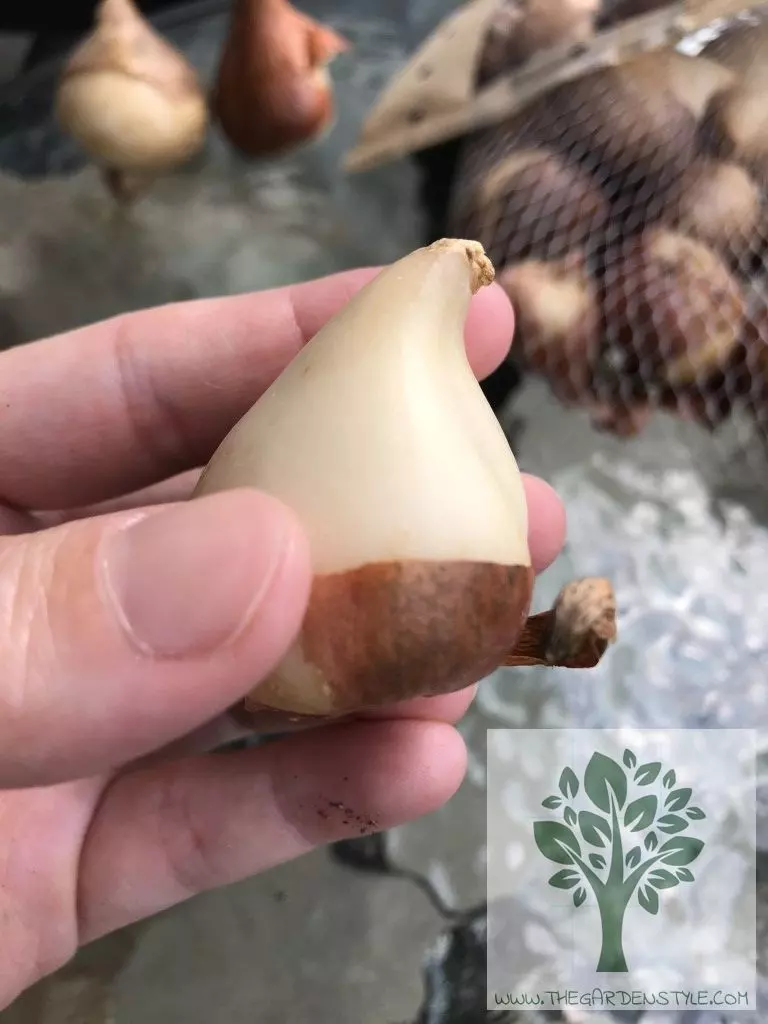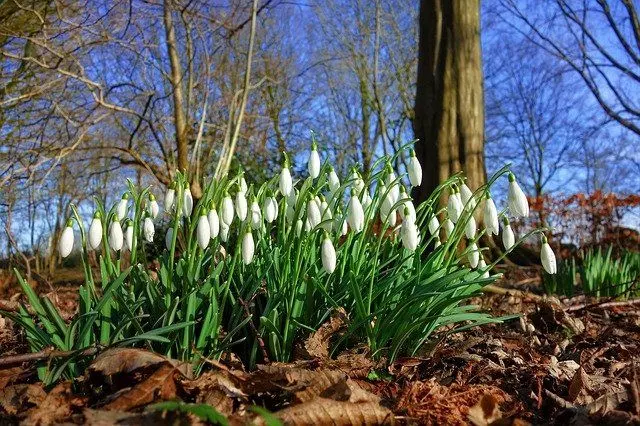Any gardening or horticulture enthusiast will have heard the word “bulbs” mentioned hundreds of times when referring to some types of plants, both ornamental and consumer, and the fact is that bulbs are very present in our daily lives in a great diversity of forms. Do you want to know what are bulbs in plants? Discover all this and much more in this article.
Table of Contents
What are Bulbs in Plants and Their Characteristics
The first thing to know about bulbs is that they are specialized organs for storing nutrients and reserve substances that the plant uses for its growth and development, especially when conditions are not favorable.
The bulbs can thicken and increase in size, thus accumulating a greater amount of nutrients when the climate allows it, to use them when it becomes hostile. This is why bulbous plants are very common in areas where the climate has great variability so that the plant can even let its aerial part die while it survives thanks to the subway bulb, from which it then resprouts.
The bulb is located underground and acts as the base of the leaves. Also, plants propagated by bulbs can develop lateral buds, which will eventually develop into new bulbs and, therefore, new individuals. One of the advantages of bulb propagation is that the young plant remains in the ground until it is ready to grow, protected. However, bulb propagation is a form of asexual propagation or reproduction, since it always involves genetically identical copies of the same plant.
We can also differentiate between two main types of bulbs:
Tunicate bulbs, in which the base is made up of layers superimposed one on top of the other, as is the case with the onion, one of the best known edible bulbs.
The imbricated bulbs, in which the bases follow an arrangement similar to that of the tiles on a roof, interlocking. An example of the latter is the lily flower bulbs.
Parts of Bulbs
These are the main parts of a bulb:
Basal Stem: this is a circular-shaped area, hence, its name. It is always found at the base of the bulb, and from it arise the roots, which the plant uses to absorb water and nutrients.
Cataphylls, Layers, or Scales: this is the base of the leaves that thickens and forms the main part of the bulb’s volume. It is usually oval or spherical and is responsible for the storage of nutrients and reserve substances. In reality, it is only the thickening of different layers or leaf scales, depending on the type of bulb.
Tunic: this is an outer protective layer, which envelops the bulb to protect it from dehydration.
Stems and Buds: like roots, they start from the basal disc and will give rise, in the case of buds, to new leaves, and in the case of stems, to new bulbs.
Plants with bulbs, apart from these parts where they accumulate water and nutrients, have roots, stems, leaves, and flowers.

Examples of Bulbous Plants
These are some of the best known bulbous plants:
Onion
You can not talk about bulbs without mentioning the onion, one of the most popular vegetables. A peculiarity of onions is that we cannot generally consider them spring bulbs, summer bulbs, autumn bulbs, or winter bulbs, as the optimal sowing season for each variety changes considerably depending on whether they are late onions or early onions. Here you can discover the different types of onions.
Garlic
As well as other species related to the onion, garlic is also one of the best-known bulbs, especially in culinary terms. It is a bulb native to Central Asia, which currently has more than 600 varieties and is recognized for its nutritional and medicinal properties. In this other post, we tell you how to plant garlic.
Saffron
Saffron bulbs are one of the most appreciated plants everywhere, both for their flowers with striking purple petals and for the essence extracted from their stigmas. Commonly called red gold, due to the high price the spice fetches, although it takes half a million flowers just to get 1 kg of it!
Tulip
Another of the most recognizable examples of bulbs is the tulip. Tulip bulbs became enormously popular from the beginning of the 16th century when their cultivation spread in northern European countries such as Holland, where they are now a national symbol. They are perennial flower bulbs of the lily family, which have more than 100 species with all kinds of characteristics, colors, and patterns in their flowers.
Learn more about How to Plant Tulip Bulbs Step by Step.
Lilies
Lilies are another well-known bulbous flower, which in some cases can reach heights of almost one meter. Iris bulbs are evergreen, with large flowers, very decorative, and also tend to offer a pleasant scent.

